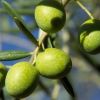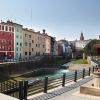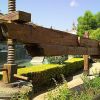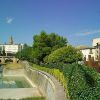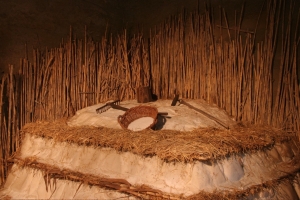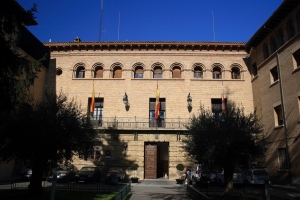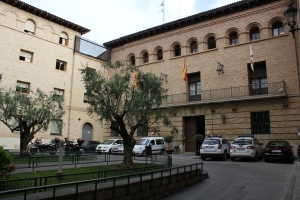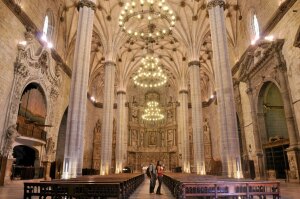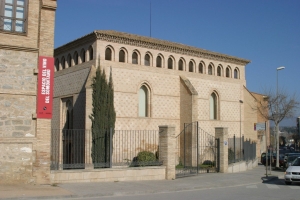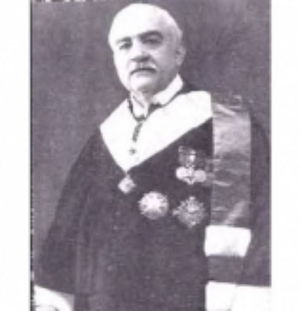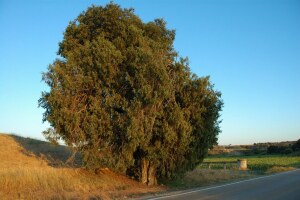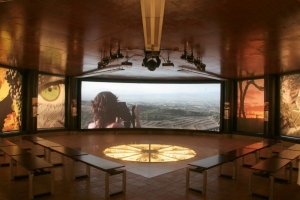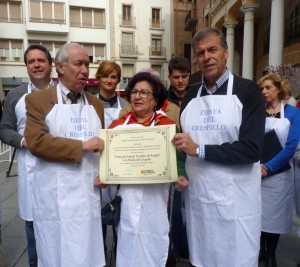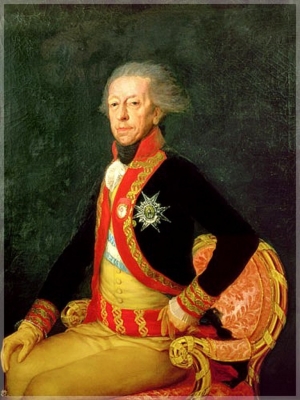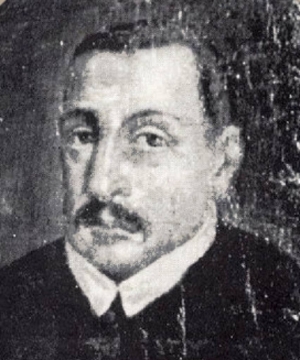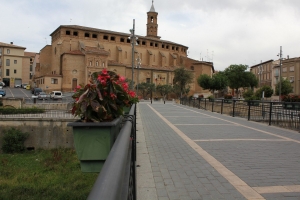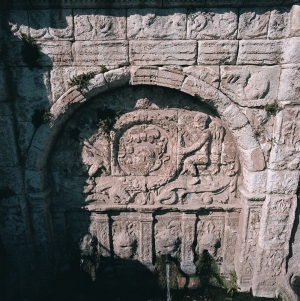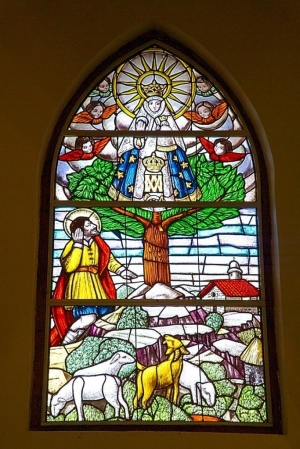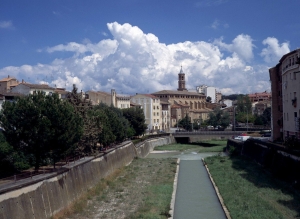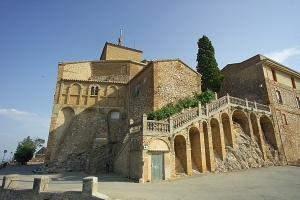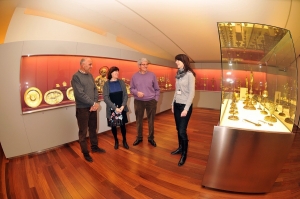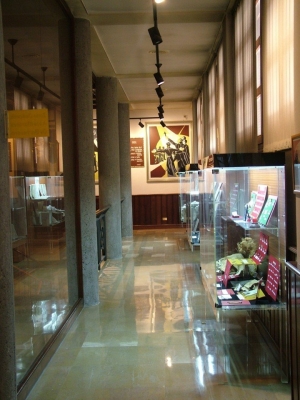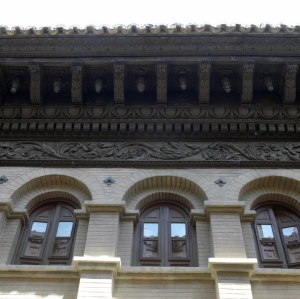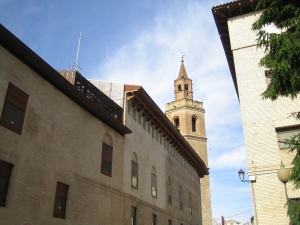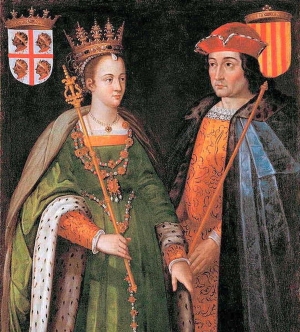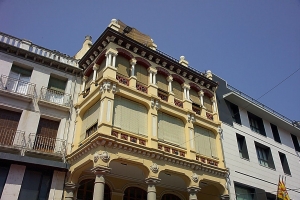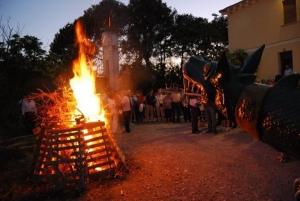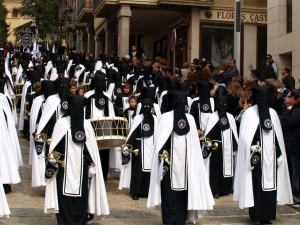The many olive oil mills dotted across the region pay testimony to the importance that olive groves have traditionally had to the inhabitants of Somontano over the centuries. There were mills in Colungo, Laluenga, Hoz de Barbastro, Buera, Radiquero, Rodellar, Abiego, Azlor, Estadilla, El Grado, Mipanas, Castillazuelo, Salas Bajas, and Pozán de Vero. Those in Adahuesca, Peralta de Alcofea, Alquézar and Salas Altas are still operational, for use by villagers and neighbours. Mills in Bierge, Costean and Barbastro currently produce and sell olive oil of excellent quality.
The basic elements required to produce oil in the mills of Somontano were a cylindrical mill stone for crushing the olives and a hundred-weight press for extracting the oil.
The olives were carried by basket to the millstone, whose weight would crush the fruit without separating it from the stone, resulting in a thick and heavy homogenous paste. A mule tied to the millstone’s axis would walk round and round in circles without stopping, whilst the other animals ate in a manger awaiting their turn to move the stone.
From here, the ground paste was placed between capachos which were woven, circular mats specifically used for the extraction of oil.
The hundred-weight press was a huge mechanism made mainly from wood, which would reach approximately 15 metres in length. As operators turned a large wooden screw at one end, the huge stone (around 3,000 kg) suspended at the opposite end of the joist would exercise increasing downward pressure on the pile of woven mats. These were placed on a stone support known as a regafia.
After the first pressing, the extracted oil would be channelled towards the decanting area. To extract any remaining oil from the olive pomace, it was rinsed with boiling water to achieve a second, and often a third, pressing. As these oils were inferior in quality to that from the first pressing, it was essential that the oils were not mixed.
This press came from the village of Puy de Cinca, located on the left bank of the El Grado reservoir. The mill was abandoned in 1968 due to the building of the reservoir. An inscription on the press shows the name Andreas Loste and the year 1818.



